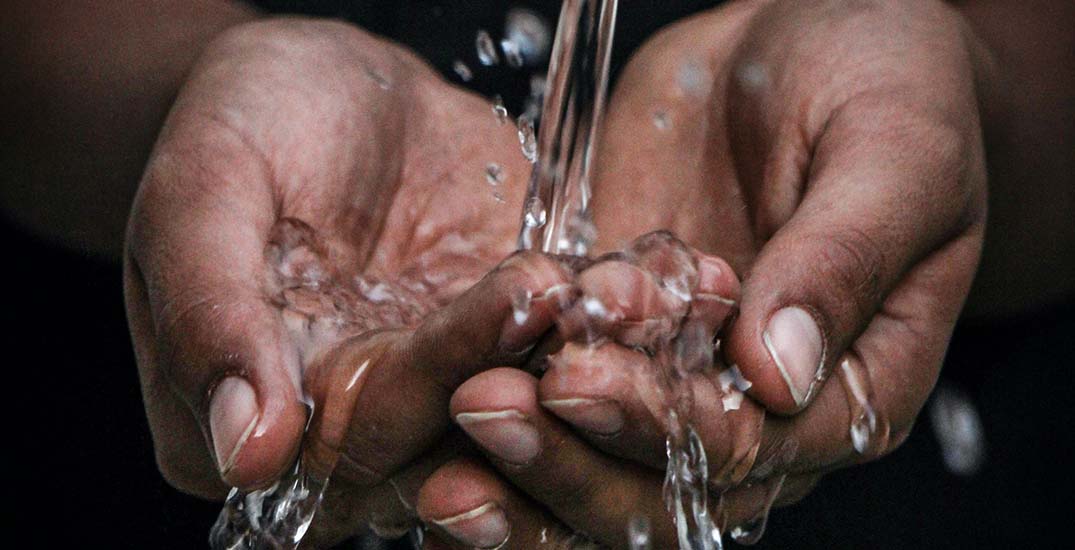Water is the elephant in the room, with cities increasingly and massively dependent on water technology as sea levels rise and for other reasons.
The IDTechEx report, “Smart Cities Market 2021-2041: Energy, Food, Water, Materials, Transportation Forecasts”, points out that cities are looking to eliminate sewage systems by treating waste where it is produced, while modifying thirsty, traditional agriculture systems and their global supply chains.
Currently, cities are killing the sea that is increasingly near to them, according to the report, causing dead ocean areas to spread. They do this with untreated sewerage, salt from desalination plants, chemicals from factories, leisure activities, marine vessels, and farm runoff of toxins and fertilizer.
However, they need to rather farm the sea, maintain biodiversity and create benign marine tourism and leisure activities. Methods of distributing salt from desalination without killing anything do now exist, but deployment is slow.
Smart cities will make all their own food, fresh water, and electricity for reasons of empowerment, security, and cost. That electricity-making is even pivoting to water with tidal turbines installed from Scotland to the Hudson River in New York and wave power, both being almost continuous and using almost none of the steel and concrete that produces 16% of global warming.
Cities will focus more of their leisure industry and freight transport on the water. According to the IDTechEx report, “Electric Leisure & Sea-going Boats and Ships 2021-2040”, there are several ways that even large ships can become zero-emission.
Today’s farming systems on land use a lot of water and boost global warming. They are being replaced by vertical farming, solar greenhouses, hydroponics in buildings, aquaponics and saline agriculture in marshes as sea levels rise. Genetic agriculture will save water. Meat and milk will be grown in city laboratories, and managing with one percent of the fresh water will become commonplace, according to the IDTechEx report “Plant-based and Cultivated Meat 2020-2030”.
Soliculture greenhouses on rooftops and elsewhere are adopting smart glass that provides electricity for the robots as well as optimally growing the plants again with almost no water. Robotic food cultivation is integrated with human facilities in parts of China, saving space and water.
Fish farming and barley, samphire, seaweed, and other vegetable growing in saline water is broadening in scope as global warming and people moving to cities makes land even more scarce. Aquaponics will take this further.
Smart gardening will also come to the fore. In some cities, turf that produces electricity is in use, as well as tapping and filtering rainwater for use.
Xeriscaping is appearing in smart cities. It is the process of landscaping or gardening that reduces or eliminates the need for supplemental water from irrigation. It is promoted in regions that do not have accessible, plentiful, or reliable supplies of fresh water and is gaining acceptance in other regions as access to irrigation water is becoming limited.
Smart transport systems are reinvented for smart cities, with Hyperloop and Boring Company Loop set to increasingly be tubes in sea, lake or river for at least part of the way. Autonomous underwater vehicles are zero-emission and they monitor offshore wind turbines, sea-floor mining, fish stocks, and more.
Desalination for drinking water will become more important going forward, according to IDTechEx. Meanwhile, the elimination of sewage distribution and treatment farms, with waste treated at the source, will save amounts of water.

